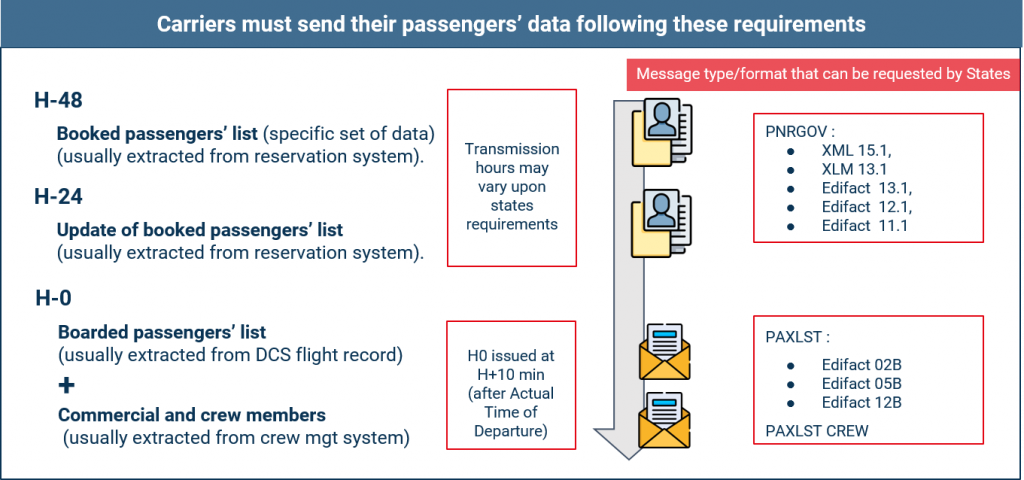EU directive 2016/681, which came into effect on 25 May 2018, was designed in response to calls for better information sharing between national police forces and crime-fighting agencies to help prevent serious crime and terrorism. Before the directive was introduced, EU countries were, at best, patchy when it came to detecting terrorists and criminals entering their territory from outside the EU or even from other countries within the bloc.
A crucial part of this information sharing requires airlines to send passenger name records (PNR) to Passenger Information Units (PIU) in the country they are flying to – these are monitored by the authorities to check for suspicious travellers. In theory, this is a smart idea. The trouble is, making it happen in reality has been a serious challenge for both airlines and security forces.
Today, all EU countries have begun the PIU implementation.
What the PNR directive requires
On a practical level, the directive work as follows : for any passenger booked, the airline is expected to send electronically a defined set of data, called PNR data, to the PIU of the origin and destination countries. All PNR information is sent on a per flight basis, in batches, on three separate occasions – 48 hours before departure, 24hours before departure, at the time of departure after the gate has been closed. The format of messages sent depends of the state requirement but is usually expected as shown on the illustration below : PNRGOV for the first two messages and PAXLST for the last message H0.

The EU PNR directive comes in complement of the API regulation introduced at the initiative of the American authorities after the 9/11 attacks . Gradually adopted by a majority of states, the API regulation already imposes that airlines share their passenger data with the police, but under different rules. Nevertheless, the 2016/681 directive is by far the most comprehensive such undertaking, federating EU members states but also many other states. A an exemple, the USA, Canada, Australia and in the future Mexico, have agreed to work with the EU on this project.
